The Maori Legend of Lake Wakatipu
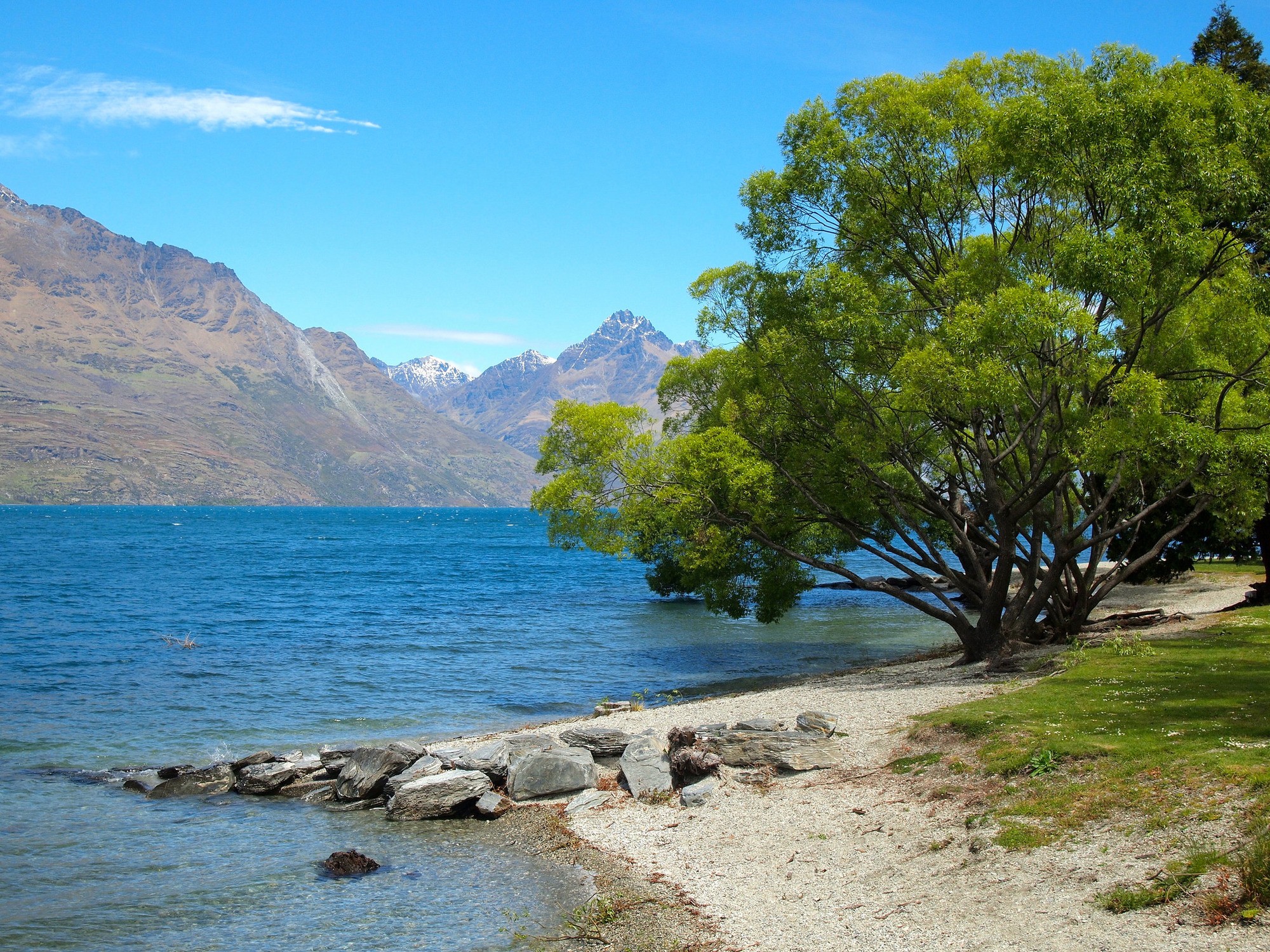
Last week, I read a post over on Finding the Universe about the myth that explains how the volcanoes on New Zealand's North Island were formed.
I love these sorts of stories.
The Maori people have all sorts of myths and legends for how things in New Zealand came to be. They even have one for the country itself, in which a demi-god named Maui hooked the North Island and fished it up out of the sea.
One of my favorite Maori myths, however, is a lesser-known one: the legend of Lake Wakatipu.
Lake Wakatipu is a deep, S-shaped lake on New Zealand's South Island. The popular resort town of Queenstown sits right on its shores, and it's flanked by the aptly-named Remarkables mountain range.
The lake was, in reality, formed by glaciers cutting through the Southern Alps 15,000 years ago.
But I like the Maori legend of the lake much better.
At the heart of the legend is Manata, the beautiful daughter of a local Maori chief, who was forbidden to marry Matakauri, the man she loved.
One night, Manata was kidnapped by a fierce giant from the mountains named Matau. The chief was so distraught about his daughter that he promised Manata's hand in marriage to the man from the tribe who could rescue her.
Matakauri snuck into Matau's lair under cover of darkness and rescued Manata, and the two were happily married at last.
But Matakauri wanted to be sure that Matau would never threaten his wife or tribe again, so he once again stole away into the mountains. He found Matau asleep, curled up on his giant side. Matakauri set fire to him, burning him where he lay.
The fire burned a deep gouge into the earth and caused the ice and snow on the surrounding mountains to melt — forming Lake Wakatipu. The name translates to “Hollow of the Giant.”
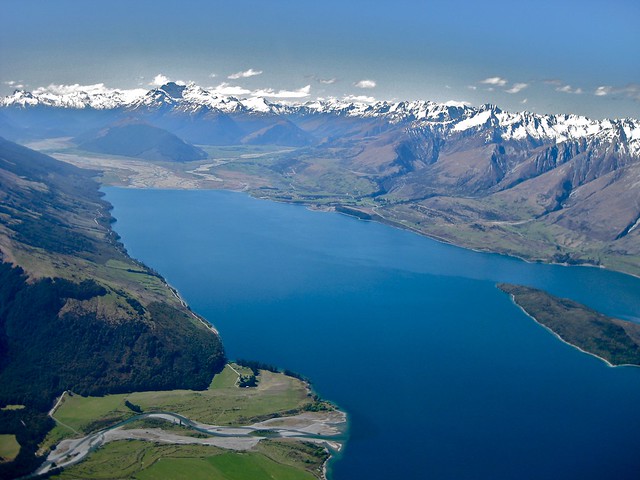
Today, the town of Glenorchy sits at Matau’s head, Queenstown on his knee, and Kingston at his feet. The waters of the lake rise and fall up to 5 inches every few minutes, and this is said to be caused by Matau’s still-beating heart, which could not be destroyed.
Science explains away the rise-and-fall of the lake water, attributing it to changes in atmospheric pressure.
But I like the giant myth much better.
Do you have any favorite myths or legends from places you've traveled to? Share them in the comments below!

Amanda Williams is the award-winning blogger behind A Dangerous Business Travel Blog. She has traveled to more than 60 countries on 6 continents from her home base in Ohio, specializing in experiential and thoughtful travel through the US, Europe, and rest of the world. Amanda only shares tips based on her personal experiences and places she's actually traveled!

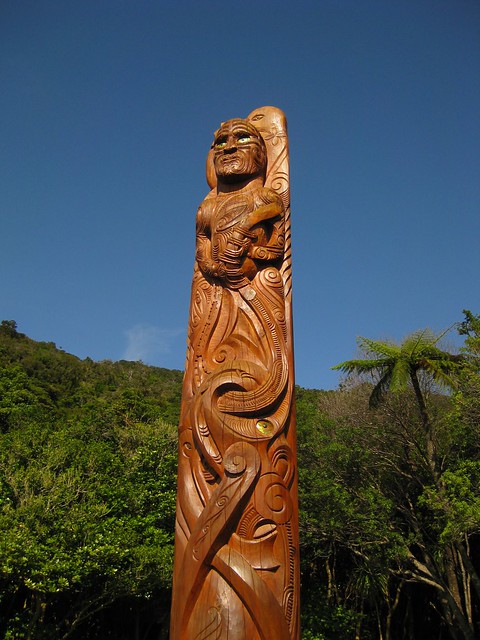

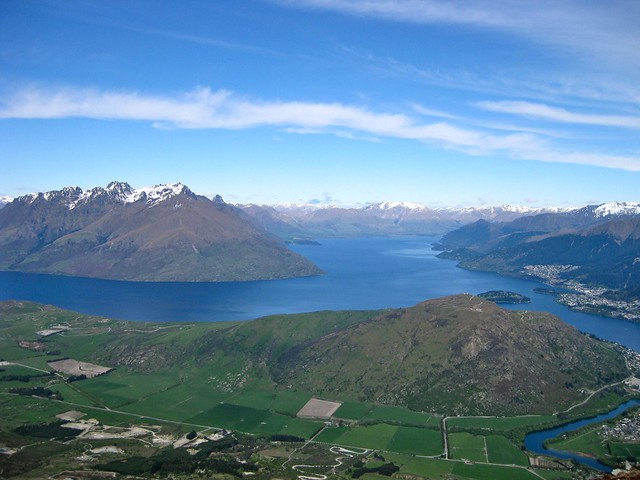

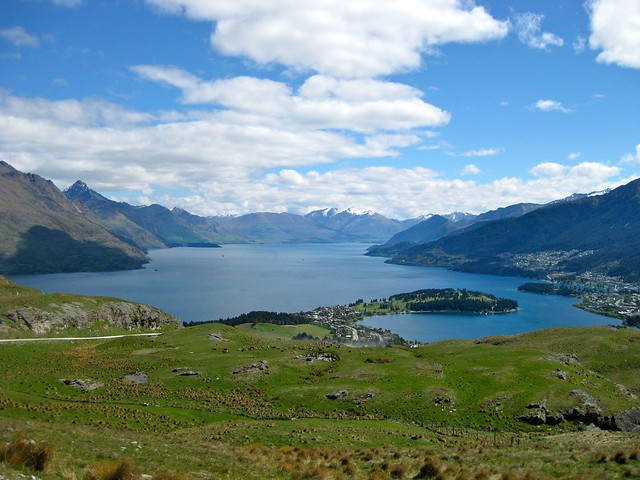









I can’t keep straight on the Maori myths I read around in NZ, there are so many of them 🙂 Fabulous pictures!
There are indeed a lot of them. But I love learning about stuff like this!
I love Maori legends!
Me too! There are some great ones, too. Do you have a favorite?
I’m a bit behind on my blog reading, but I’m finally catching up and just had to say how much I love the photos and the story here, Amanda! Like you, I really enjoy stories like this – I grew up on the ones from the Western U.S. and a few from Africa and I love hunting up local stories around the world. Thanks for sharing this one!
Thanks so much, Jessalyn! I’m actually really surprised by the response to this post! It looks like a lot of people are like me and love learning about myths and legends.
Great story Amanda. Always interesting to learn about myths and fairy tales!
Thanks, Cam! And I agree — I love learning local stories like this one when I travel. It’s a great way to get an insight into both culture and history!
Hey Amanda, another great myth, and thanks so much for the link 🙂
My pleasure, Laurence! Your post was definitely the inspiration for this one, so I was just giving credit where credit was due!
Loved the myth story!
Thank you! It’s one of my favorites.
I love mythology! Myths keep some of the wonder in the world. I don’t have any favorite myths personally (except for that whole Pallas Athena springing out of Zeus’ head fully-grown and in full-armor) but I really enjoyed reading this, especially the part about Matau’s still beating heart. Very cool.
I feel like myths are something a lot of us can appreciate. I mean, they’re kind of like fairy-tales for grown-ups, right? I’m glad you enjoyed this one!
I do enjoy a good myth and this one does not disappoint. I’m just still amazed that the atmospheric pressure changes so much and enough to affect the lake level! That just really caught me!
Oh yea, beautiful pictures!
The fact that the water level fluctuates so much is pretty wild, right?? But I love the mythical explanation for it.
Thanks for reading! And thanks for the compliment on my photos — though, it’s not difficult to take beautiful ones here!
What an intriguing story! Reminds me of some stories I heard when on Easter Island.
Oooo, I’ll bet there were some awesome stories on Easter Island.
The Lake Wakatipu story has long been my favourite of the Maori legends, but another from the Bay of Islands has stuck with me. Near the Hole in the Rock (pretty self-explanatory) our guide showed us a cliff face which appears as a woman’s face looking out to sea. The Maori said that she faced out to their original home of Hawaiki. When the European explorers arrived with their maps and compasses they were able to prove that she does indeed look exactly in the direction of those islands.
Very cool! I love it when legends are actually proven to have some basis in fact, like the one you just shared. I’ve actually never heard that one before!
I love learning about legends behind places that I visit. It just makes the place much more alive and real in my mind. I guess that’s partly why we fell in love in Scotland so much — the country is just full of legends and stories like this,
Ah, yeah, Scotland has a lot of fantastic legends, too! I agree that learning these sorts of stories can help you connect to a place better.
I grew up in NZ, and we learnt all these legends in school. Well, the major destinations, and local destinations. I agree, they are much more interesting than the scientific explanation. But don’t all travelers love a good story? Indigenous peoples all over the world have similar stories.
Here in the U.S., we don’t have myths and legends like this. Well, actually, the Native Americans probably do, but we never learned about them in school. We learned straight history, and that’s about it. Shame, really.
I know that I, as a traveler, certainly love a good story! And you’re right – people all over the world have similar ones. I also really like the Aboriginal Songlines in Australia. Those are fascinating!
The Maori myth is much nicer. Have you ever noticed that almost all the Maori legends have both romance and fighting in them. I’m sure it made them appeal to a larger audience when they were being recited round camp fires. Shakespeare did the same!
I agree that the myth is much more intriguing than the scientific explanation. And yes, I have noticed the prevalence of romance and peril at the heart of many Maori legends. Like you said, though, that just makes for better stories!
Myths are great. This one reminded me of Sleeping Giant in Connecticut. The story is considerably different, and without so much romance. Basically, this huge stone spirit named Hobbomock was wreaking all sorts of havoc, so another spirit, named Keitan cast a spell on him, causing him to sleep forever. Hobbomock can still be seen sleeping today.
Love the names in that myth! I really like learning about how different cultures weave stories about their land and history.
I love myths like this too. Thanks for sharing.
Thanks, Randy. And thanks for reading!